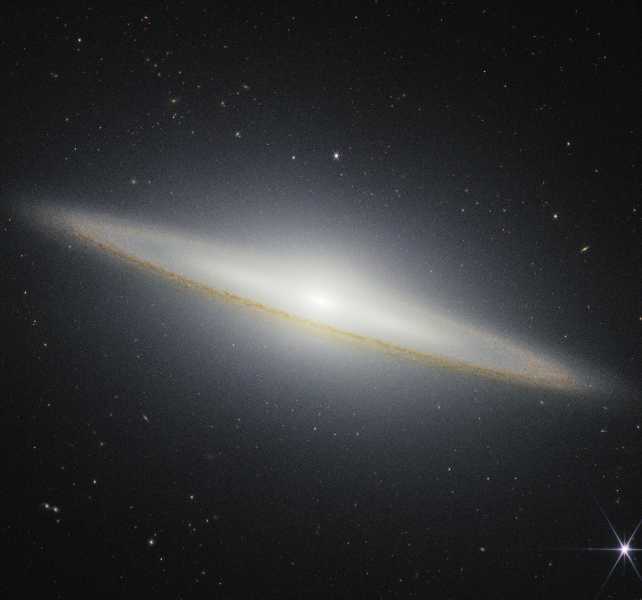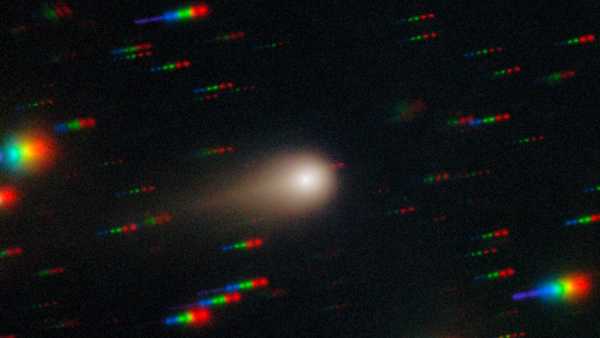
A new image of the Sombrero Galaxy taken by the James Webb Space Telescope's near-infrared camera.
Sequels don't usually live up to the originals, do they? That's certainly not the case with the James Webb Space Telescope (JWST), whose latest image adds a new dimension to its already impressive 2024 image of the mysterious Sombrero Galaxy.
Galaxies are made up of a mixture of stars, gas, and dust. The interactions of these three components explain how galaxies evolve. However, capturing all three components requires shooting in different wavelengths of light.
This is where JWST comes in, capable of detecting longer, redder wavelengths of infrared light than optical telescopes like the Hubble Space Telescope. In December 2024, JWST captured the Sombrero in mid-infrared light for the first time, using the Mid-Infrared Imager (MIRI) camera to reveal an elegant structure with a smooth inner disk.
You may be interested in
- Space Photo of the Week: The Milky Way's Chaotic Heart Like You've Never Seen It Before
- James Webb Telescope Reveals Crystal Ball Nebula's Hidden Past – Space Photo of the Week
- Space Photo of the Week: Strange One-Armed Spiral Galaxy Stuns Hubble Scientists
Now for part two, this time using Webb's NIRCam (Near Infrared Camera) instrument. The new data reveals light from stars that were previously obscured by dust. In this new image, the dust glows, revealing clouds of interstellar matter and red giant stars.
While Webb's instruments detect red giants in both near- and mid-infrared wavelengths, allowing them to stand out clearly in images, hotter blue stars emit light primarily in the visible and near-infrared spectrum, causing them to disappear from Webb's longer-wavelength images.
The galaxy appears to have a warped inner disk and contains about 2,000 globular clusters — clouds of ancient stars — in its halo. Because these clusters are chemically distinct from their galactic neighbors, the Sombrero likely has a chaotic past, having merged with several smaller galaxies in its history.
The new NIRCam data adds another level of detail to a galaxy first observed 244 years ago. Originally discovered in 1781 by French astronomer Pierre Méchain, the Sombrero Galaxy (also known as Messier 104 or M104) has long fascinated scientists due to its distinctive edge-on shape and glowing central bulge. Most galactic structures are classified as spiral, elliptical, or irregular, while the Sombrero is classified as peculiar.
More amazing space images can be found in our Space Photos of the Week archive.
TOPICS space photo of the week James Webb Space Telescope
Sourse: www.livescience.com





